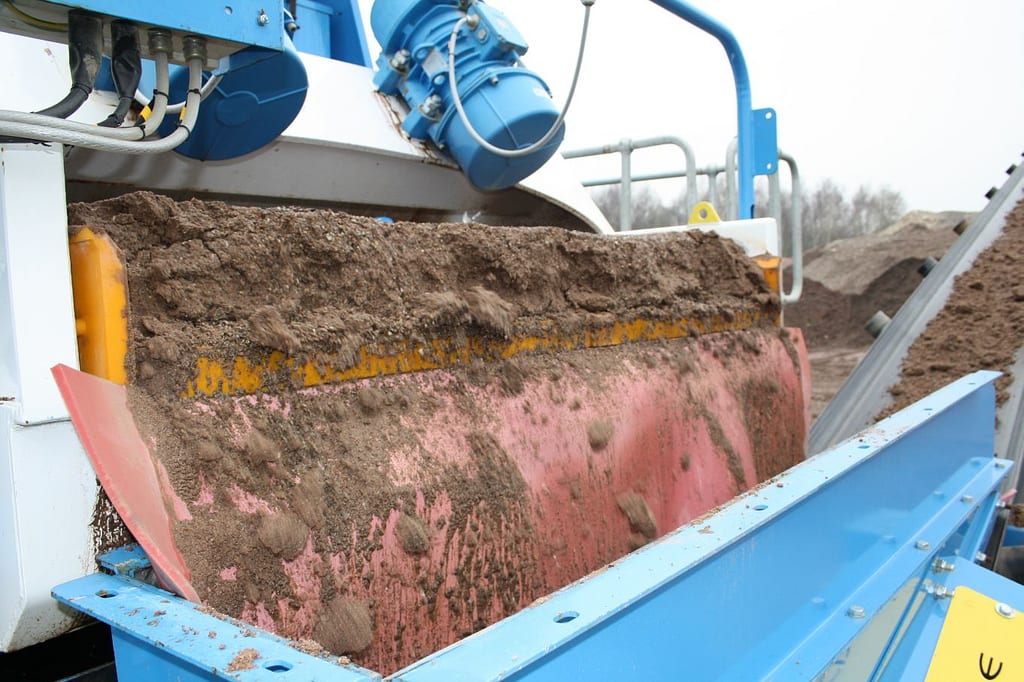Famous astronomer and science communicator Carl Sagan said “The total number of stars in the universe is greater than all the grains of sand on all the beaches of the planet Earth.â€
As it turns out, not only was he right, but we are also running out of sand.

Lack of Necessary Resource
How do you know something is valuable? When pirates steal it. That's right – foreign ships have been reportedly stealing sand from Cambodia to sell to other countries. The dredging of sand was banned in Cambodia in 2009 but this activity persists to this day. People have been stealing sand from beaches, river beds, lakes, and the sea floor. There is a black market for sand and even a sand mafia in India!
Sand is one of the most commonly used resources in the world, with 50 billion tons used each year. In fact, just the extraction of sand is a $70 billion industry. It is in products all around us, and is nearly as ubiquitous as plastic. Not only does sand make a beach a beach, it is also essential to create concrete and glass, which in turn are components of infrastructure and technology like roads, buildings, and cell phones.
The world is quickly discovering that sand is not an unlimited resource. But wait, what about all the sand in deserts? Aren't deserts almost exclusively sand and cover a large portion of the planet? Well yes, there is a lot of sand in deserts, but that sand might not be able to solve the problem. Sand used for construction is generally coarse and irregularly shaped with rough edges. You can think of concrete made with this type of sand like a tower of legos,where the pieces can interlock. Since wind is the primary source of erosion in deserts, the surface of desert sand is very smooth and individual grains are round. When these smooth particles are used to make concrete they slip past each other like marbles and make weaker concrete than rougher sand that has been eroded by water.
Environmental Impact
Niccolo Machiavelli once said “The more sand has escaped from the hourglass of our life, the clearer we should see through it.†Likewise, as the world uses more sand we are seeing the impacts our actions are having on the world around us.
Not only is sand used for construction important to humans, it is also important to organisms living in the habitats we take it from. While having a nice beach is something that is of cultural importance to humans, collection of sand from natural environments also negatively impacts wildlife in these areas. Sand is often collected through dredging which can be thought of as a giant underwater vacuum cleaner sucking up sand from river bottoms or the sea floor. These sand vacuums not only suck up the desired sand but also organisms living on it. The process of dredging causes other problems for aquatic life including damaged habitat, high noise levels, release of toxins that were tapped in the sediment, and suspension of particles in the water that can reduce available light and effect respiration.
Recycling and Alternatives to Sand
With the limited availability of sand for construction and the negative environmental impacts that come along with collecting it, how do we solve this global sand shortage? While there have been some efforts to recycle sand, there are a few problems that are difficult to get around. Recycling sand from concrete requires crushing the concrete into small particles – an energetically costly process. Additionally, once sand is made into concrete it has other chemicals on its surface that make it hard to purify. Possibly the biggest factor limiting recycling on concrete is that structures made of concrete are generally intended to be around for a while. Buildings are expected to last for decades, so there is only a small amount of concrete available for recycling.

Despite the difficulties of recycling sand, there are organizations working to make this a more common practice. Some companies, like Waupaca, simply reuse sand they need for forming metal castings, and when it the sand quality is reduced to a point it can no longer be used for castings, it is sent to be used in construction. Others, like CDE, are working to directly recycle sand that has been used in construction.
In addition to recycling efforts, there are groups working to utilize the abundant desert sand to make material that is comparable to traditional concrete. A new material called ‘Finite' utilizes the rounder desert sand to make is as strong as concrete. Not only does this material have the strength needed for construction, it is also recyclable. Some other materials that can be used in place of sand are: surkhi, a fine grained burnt clay that is a byproduct of brick production; quarry dust, which is generated by crushing stone; and manufactured sand, produced by crushing granite.
There is a lot of work to be done to ensure our ability to construct buildings in the future. Hopefully this sand crisis will lead to more sustainable building materials, and 50 years from now we will still be able to build sand castles.
About the Author
 |
Karen Bobier is a Ph.D. candidate in the Department of Genetics studying populations of freshwater fishes in North Georgia and the evolution of DNA methylation genes. In her spare time she enjoys reading, hanging out with her dog, and is a member of the Red and Black Archery Club. You can email her at Karen.bobier25@uga.edu. More from Karen Bobier. |
About the Author
- athenssciencecafehttps://athensscienceobserver.com/author/athenssciencecafe/April 17, 2020
- athenssciencecafehttps://athensscienceobserver.com/author/athenssciencecafe/April 12, 2020
- athenssciencecafehttps://athensscienceobserver.com/author/athenssciencecafe/April 3, 2020
- athenssciencecafehttps://athensscienceobserver.com/author/athenssciencecafe/March 30, 2020







